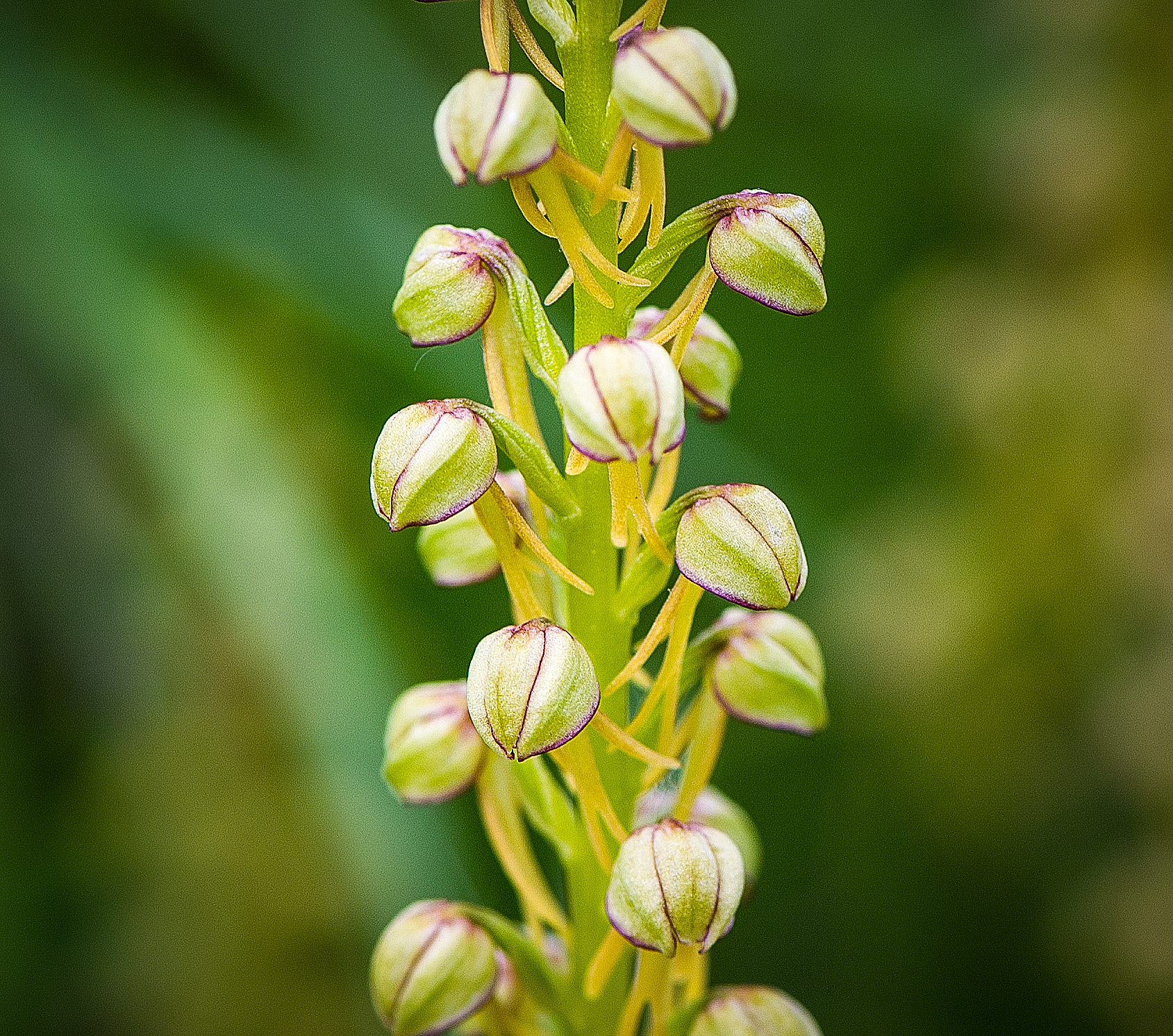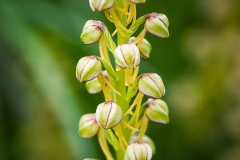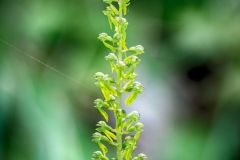Orchis — the naughty boy of Greek Mythology — is the reason that orchids are called orchids
In the Greek Mythologies, Orchis was the son of a nymph and a satyr. Perform and online search for satyrs and nymphs to see why this was a coupling that almost guaranteed an unhappy ending. According to the story, Orchis was attending a feast in celebration of Dionysus, the god of the vine, grape harvest, winemaking and wine. At some point during the festivities, Orchis got drunk and decided to rape one of the priestesses. As punishment for defiling the priestess, the Bacchanalians called upon the beasts to tear Orchis to pieces. His grieving father beseeched the gods to restore him but, instead, he was metamorphosed into a plant.
But what does Orchis really mean?
Orchis is the Greek word for testicle, which makes sense of why the character in the mythologies was given that name (or vice versa). But, there’s more. Dionysus (Bacchus to the Romans) was also the god of fertility, ritual madness, religious ecstasy, and theatre. All of which wraps the fable in a wonderful example of circularity.
Etymologically, orchis and orchid can be considered to have the same meaning. The connection between the name of the plant group and the Greek word for testicle is simple. Orchid tubers resemble testicles. In fact, there is another mythology that attributes the eating of orchid tubers with determining the sex of a child. Give a man a preparation made from large tubers for a boy. Or, give a woman a preparation made from small tubers for a girl.
So, is the resemblance between an orchid tuber and a testicle the whole story?
I don’t think so. Particularly if we look closely at several of the common species of orchid found in Europe. On close inspection, the flowers of these species are reminiscent of little dancing men (I can never look at them without thinking of that Sherlock Holmes story). And, remember, the beasts tore Orchis to pieces before he metamorphosed into a plant. With that in mind, we can see that each little human-shaped flower represents a reincarnated piece of poor Orchis — the naughty boy of Greek Mythology.
Below, are four common European orchids that I have chosen to illustrate the point. Two are from the Orchis genus, while the other two are from very different genera.
Gallery
Notes: Man orchid, Orchis arthropophora, and lady orchid, Orchis purpurea, are the two Orchis representatives. The giant orchid, Himantoglossum robertianum, and the common twayblade, Neottia ovata, exhibit the same hominid shaped flowers despite being in different genera. The man, lady, and giant orchids are so named because their flowers look like, men, women, and giants, respectively.
Gifts from the gods
Plants provide us with more links to the mysterious stories of mythology than just about any other organism. A fact that is closely connected to their healing properties. The herbalists and apothecaries of ancient civilisations had long ago discovered the magical power of plants. This is why so many of their common and scientific names have been inspired by the deities and other heroes of the ancient texts.
Parting shot
A vast array of tropical orchid hybrids has made these beautiful flowers justifiably popular as houseplants. But it has also led to another kind of myth. The myth that orchids are exotic and rare. Most people are unaware of how many orchids grow in their own neighbourhood. The reality is that orchids form the second largest group of flowering plants on this planet. To put that into perspective; there are approximately the same number of wild orchid species as there are species of bony fish. That’s twice as many species as there are species of bird, and four times as many species as there are species of mammal.







